“Ready for a ghostly encounter with a flower? Let’s see if we can find one.”
“Find one?” I asked (always intrigued with her ideas).
“A ghost flower.” She half whispered, eerily.
“A what?
“A ghost flower.” She said it louder this time. “It’s a parasitic plant that doesn’t need chlorophyll since it feeds off nutrients from the soil.”
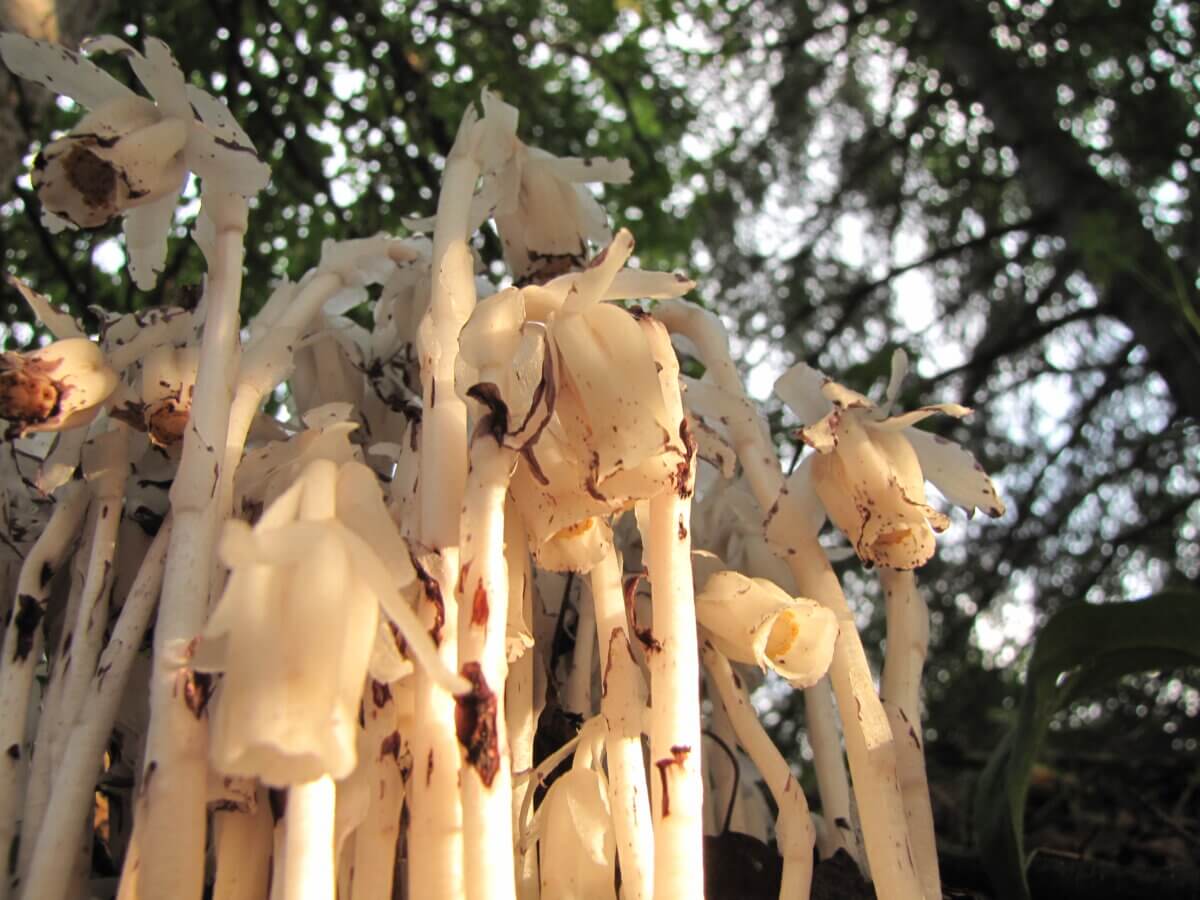
“That’s why it’s white and ghostly,” she continued. “Like something out of a Halloween movie. It grows well in mature forests, usually during a rainfall that follows a long dry period. But it only grows for about two days! Some say it’s good luck to find one because they come and go so quickly.”
“Well, we’ve just ended a long dry spell with a good soaking of rain,” I agreed. “So we should be in luck.”
“But we can’t pick them,” she added. We have to leave them so they spread their seeds and produce more flowers.”
“I’ll take my camera instead.”
Description
Also known as Indian pipe or corpse plant, this rare perennial plant is a member of the monotropaceae family, the genus Monotropa being Greek for “one turn” which describes the sharp curving at the top of the stem. Its botanical classification, uniflora, refers to the fact that it’s “one-flowered.” Every plant has one flower for a stem — all ivory white (in fact, the entire plant is white).
Occasionally one can find an individual ghost pipe with pink coloration and black specks. The plant flowers between June and September, and when it does, the blossom only lasts a couple of days. Ghost pipes grow between 4 and 8 inches with smallish leaves that appear somewhat scaled.
The plants are usually found in clusters at the base of trees where they sap nutrients from the tree roots. Sometimes a plant can be found growing alone with no other ghost pipes nearby. Their consistency is like frozen jelly.
Spiritual Meaning
Different groups of people associate diverse meanings for this unusual plant. Native Americans believe that ghost pipes carry souls of their departed ancestors, many associate the plant as a connection to the spiritual world. The ghost pipe had a role in important life ceremonies, all related to an individual’s soul.
The Cherokee believed that ghost pipes originate from the selfish nature of humans. Two quarrelling tribes came together to discuss the problem behind these disagreements. They smoked a peace pipe together, while continuing to quarrel for seven days. As a punishment for smoking the peace pipe before actually making peace amongst themselves, the Great Spirit turned the quarrelling chiefs into grey flowers and made them grow where others quarreled. There, the ghost pipes grew as a reminder. This parallels other beliefs in the plant being a symbol of peace.
Natural Habitat
Ghost pipes thrive in the humus of deep, damp, shady woods at low to moderate elevations. They can be found throughout the United States and particularly around the Great Lakes of both Canada and the States. It has also been found in parts of Asia, Russian, and northern South America. Typically, it appears in the same location every year, unless it’s dug up by trespassers or developers.
Growing Conditions
The plant grows like a parasite. It’s white because it lacks chlorophyll, and since it can’t photosynthesize, it depends on certain types of fungi that grow at the base of trees. Ghost pipes absorbs nutrients from mycorrhizal fungi in the soil at the base of trees. The mycorrhizal fungi share a symbiotic relationship with the trees. In other words, they benefit from each other.
Trees absorb sunlight which the plant uses to convert water and carbon dioxide into sugars, while the mycorrhizal fungi harvest minerals in the soil. Whilst the mycorrhizal fungi and the tree share its nutrients, the ghost pipe plant exploits it, meaning it acts like a parasite, absorbing nutrients from the tree and the decay of soil matter (the fungi).
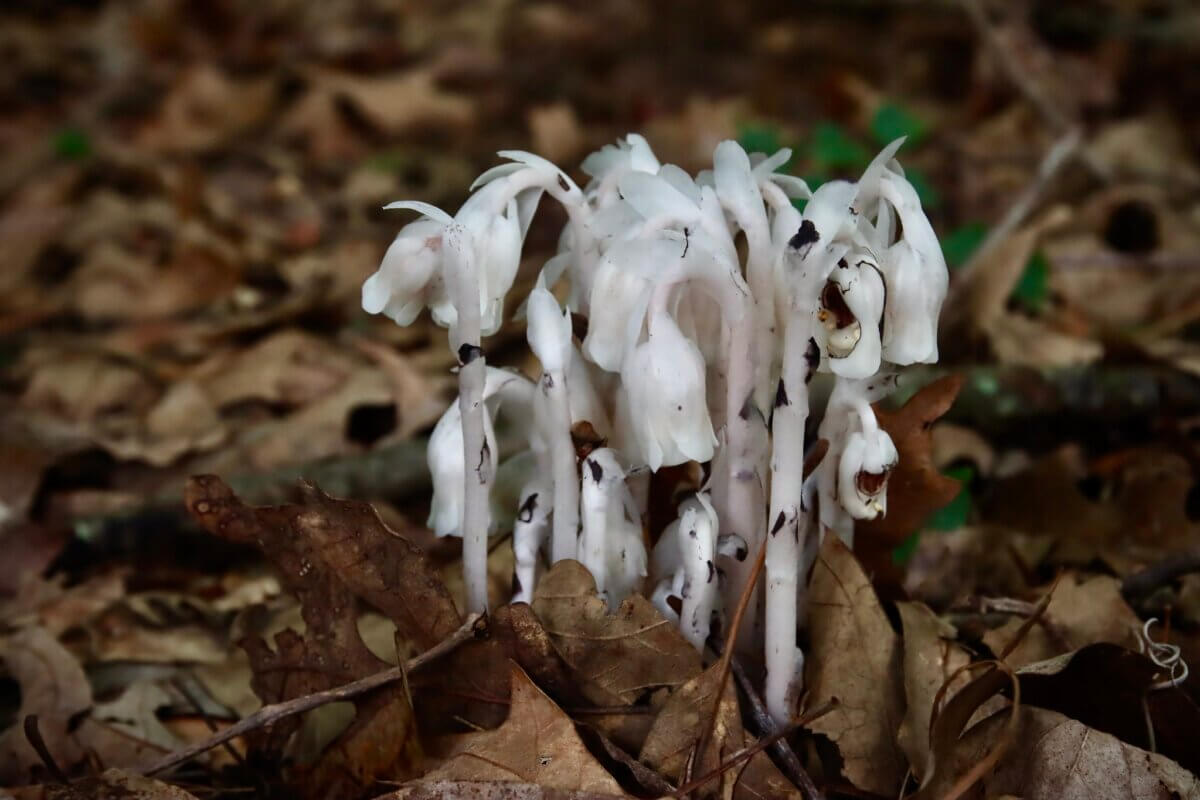
As mentioned, ghost pipes grow well in mature forests and usually appear when a lengthy dry spell ends with rain. As the moisture hits, the plants suddenly appear. It’s a plant that thrives on moisture and little sunlight, growing best in wet forests and in full shade. The growing cycle of the ghost pipe is relatively slow.
Sometimes it takes months or even years before the plant has gathered enough nutrients. During this time of absorbing nutrients, it’s growing underground. Then, quite suddenly, it appears above ground with its eerie white stalks and flowers. Insects, particularly bumble bees, are attracted to the seed pod at the top of the stem. The seed pod produces and releases tens of thousands of extremely tiny seeds.
Blown away by the wind, the seeds start the cycle all over again, with no effort exerted by the plant itself. The dispersal of the seeds not only encourages more plants, it also helps the dispersing plant grow again the following year.
This plant is considered rare, though it’s not on any endangered species list. Although it can appear in the woods during most of the summer months, its actual appearance is short. It spends much of its growing life completely underground.
Pests and Diseases
The biggest and most troublesome pest for this and any other rare plant is human intervention. Careless hikers and hunters trample the plants as they march through the woods. Curious gardeners dig up the ghost pipes to transplant in their own gardens, often not successfully, as the plant needs a specific growing condition which most home gardens don’t have.
Due to its jelly-like consistency, it literally dissolves into mush when handled. Once destroyed or removed from their original location, the ghost pipe won’t regrow. It has a specific growing process which works best if it’s left alone. If you see them, take pictures, tread carefully, and leave them alone. Then you’ll know where to find them again next year.
Medicinal and Culinary Uses
There are many uses for the ghost pipe. It’s considered an excellent source of calcium, which strengthens the bones, and high in magnesium which is good for the nerves and muscles. However, it’s mostly the root of the plant that’s used. Roots should be gathered in September and October, and dried, pulverized, and stored in sealed bottles.
The ghost pipe plant is considered useful in helping people suffering from pscyhoemotional shocks and traumas. The root is used as a tonic, a sedative, and an antispasmodic. It helps calm restless nerves, nervous irritability, anxiety, and PTSD, often substituted for such treatments like opium.
It has been used as a cure for fevers and to treat epilepsy, chorea, and similar spasmodic afflictions. Due to these uses, the ghost plant root has been dubbed the “fit” or “convulsion” root. Combined with rose water, it has been used to treat ulcers and other inflammations.
Toxicity
Like anything good, ghost pipes must be used in moderation. Too much is never a good thing. The plant is edible but only in small quantities. The taste is bland when eaten raw and it tastes like asparagus when cooked. It’s the glycosides that make this plant dangerous if consumed in large amounts. In other words, beware because ghost pipes can be toxic!
It may be beneficial. It might look good in your garden, if it survives the transplant. But this ghostly apparition of a growing phenomenon is best left where it’s found. Why? Well (if for no other reason) to absorb its magical attributes. Just finding this plant is a sign of good luck, and we all need a bit of that.
Ghost pipes, lucky or not, have been an inspiration for creative ventures. American poet, Emily Dickinson was particularly fond of the ghost pipe. The cover of her first book of poems (published in 1890) showed an image of the ghost pipe. And she wrote a poem about it, referring to the ghost pipe using its alternate name, Indian pipe. Her poem “Tis whiter than an Indian Pipe” was published in 1879:
‘Tis whiter than an Indian Pipe —
‘Tis dimmer than a Lace —
No stature has it, like a Fog
When you approach the place —
Not any voice imply it here —
Or intimate it there —
A spirit — how doth it accost —
What function hath the Air?
This limitless Hyperbole
Each one of us shall be—
‘Tis Drama — if Hypothesis
It be not Tragedy —






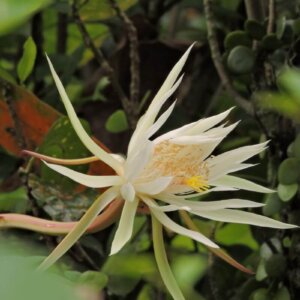
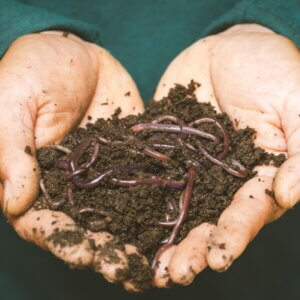
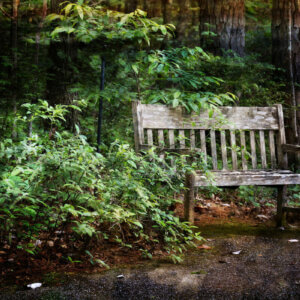


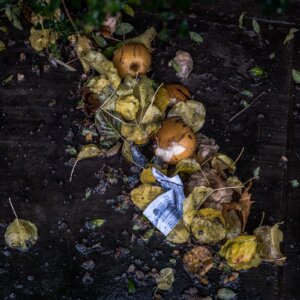





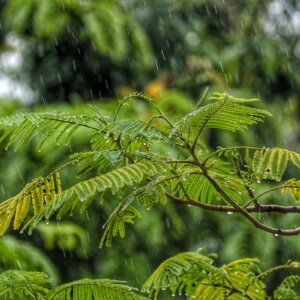




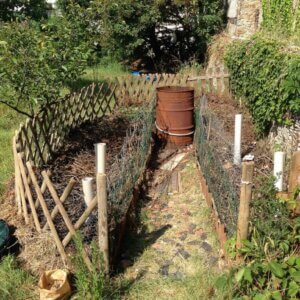



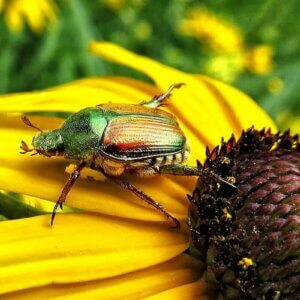



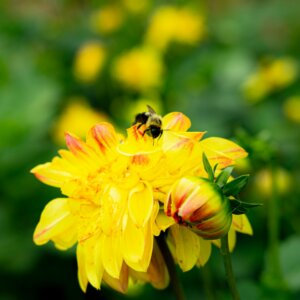






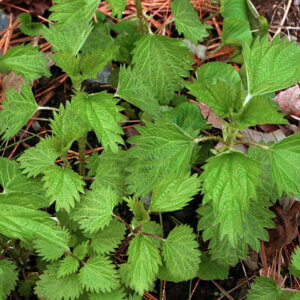

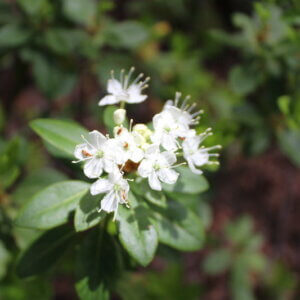


Leave a Reply